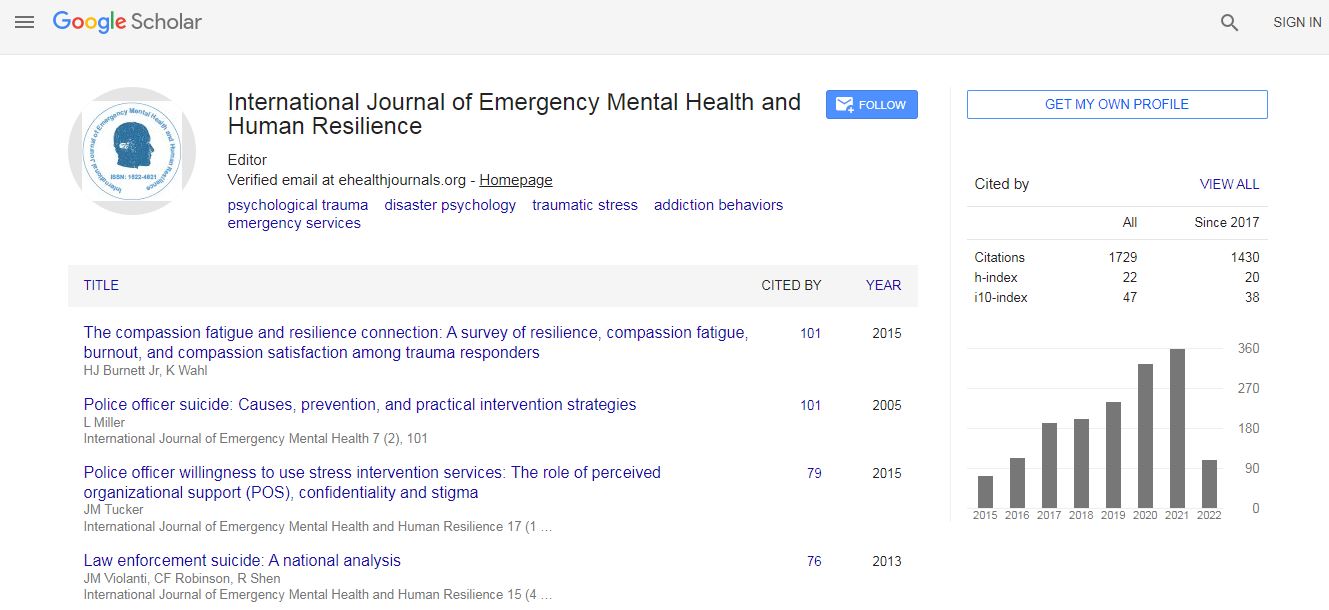Case Report
Posttraumatic Stress Disorder after Hurricane Sandy among Persons Exposed to the 9/11 Disaster
Kimberly Caramanica MPH1*, Robert M. Brackbill Ph D, MPH1, Steven D. Stellman Ph D, MPH1,2, Mark R. Farfel ScD1
1New York City Department of Health and Mental Hygiene, USA
2Department of Epidemiology, Mailman School of Public Health, Columbia University, New York, USA
Abstract
Background: Traumatic exposure during a hurricane is associated with adverse mental health conditions post-event. The World Trade Center Health Registry provided a sampling pool for a rapid survey of persons directly affected by Hurricane Sandy in the New York City (NYC) metropolitan area in late October 2012. This study evaluated the relationship between Sandy experiences and Sandy-related posttraumatic stress disorder (PTSD) among individuals previously exposed to the September 11, 2001 (9/11) disaster. Methods: A total of 4,558 surveys were completed from April 10-November 7, 2013. After exclusions for missing data, the final sample included 2,214 (53.5%) respondents from FEMA-defined inundation zones and 1,923 (46.5%) from non-inundation zones. Sandy exposures included witnessing terrible events, Sandy-related injury, fearing for own life or safety of others, evacuation, living in a home that was flooded or damaged, property loss, and financial loss. Sandy-related PTSD was defined as a score of ≥44 on a Sandy-specific PTSD Checklist. Results: PTSD prevalence was higher in the inundation zones (11.3%) and lower in the non-inundation zones (4.4%). The highest prevalence of Sandy-related PTSD was among individuals in the inundation zone who sustained an injury (31.2%), reported a history of 9/11-related PTSD (28.8%), or had low social support prior to the event (28.6%). In the inundation zones, significantly elevated adjusted odds of Sandy-related PTSD were observed among persons with a prior history of 9/11-related PTSD, low social support, and those who experienced a greater number of Sandy traumatic events. Conclusions: Sandy-related stress symptoms indicative of PTSD affected a significant proportion of persons who lived in flooded areas of the NYC metropolitan area. Prior 9/11-related PTSD increased the likelihood of Sandy-related PTSD, while social support was protective. Public health preparation for events similar to Sandy should incorporate outreach and linkages to care for persons with prior disaster-related trauma.

 Spanish
Spanish  Chinese
Chinese  Russian
Russian  German
German  French
French  Japanese
Japanese  Portuguese
Portuguese  Hindi
Hindi 